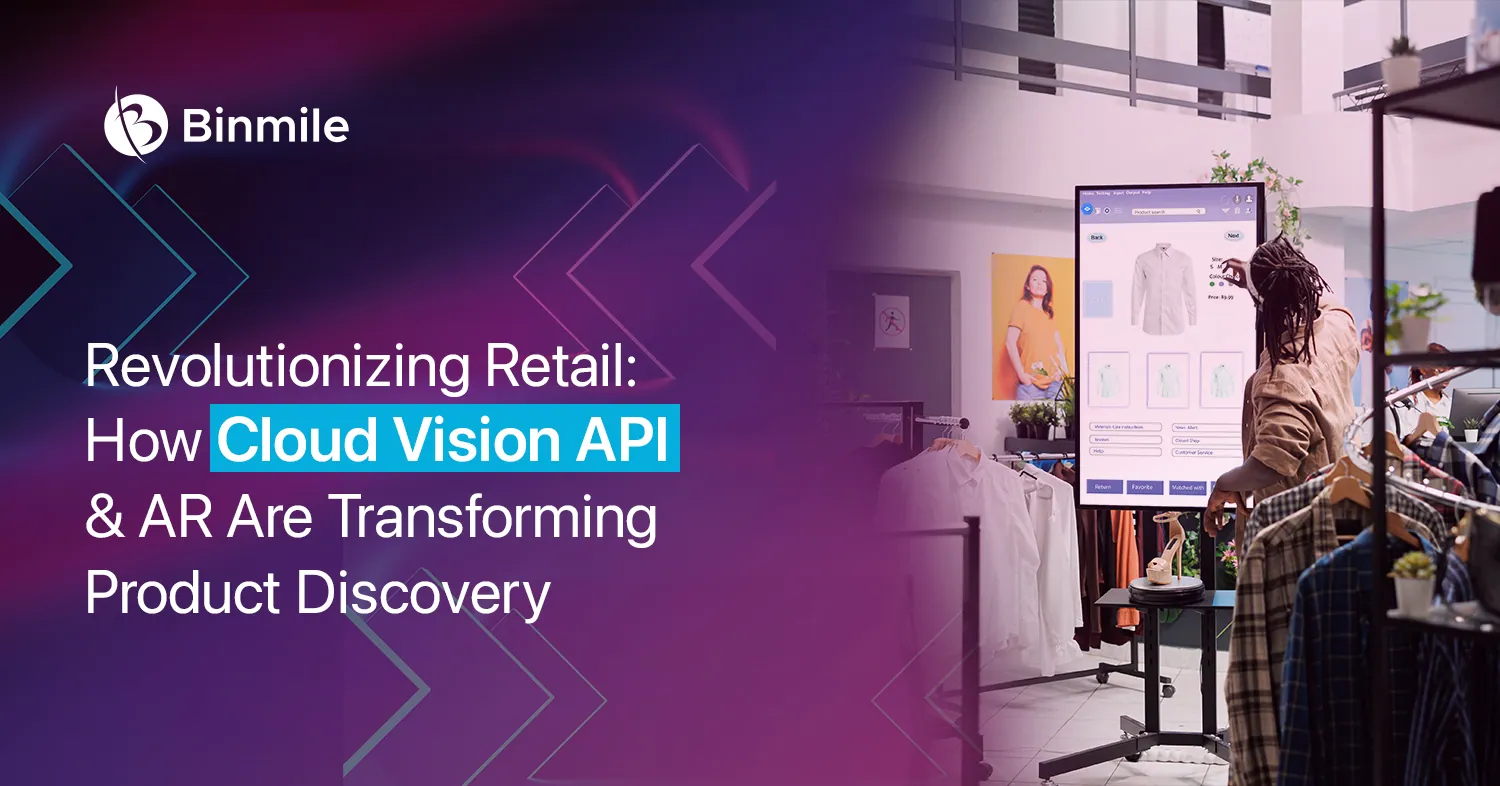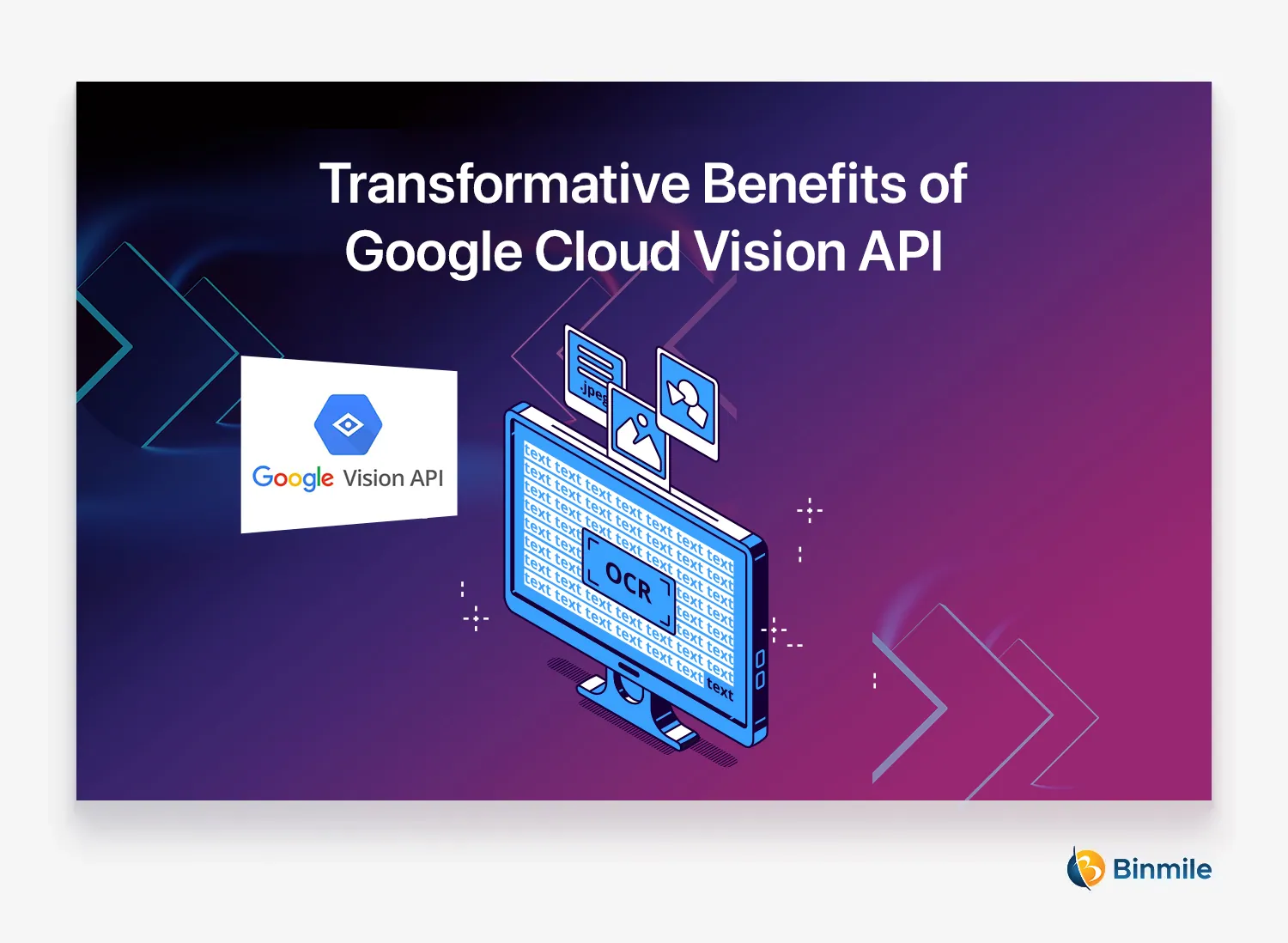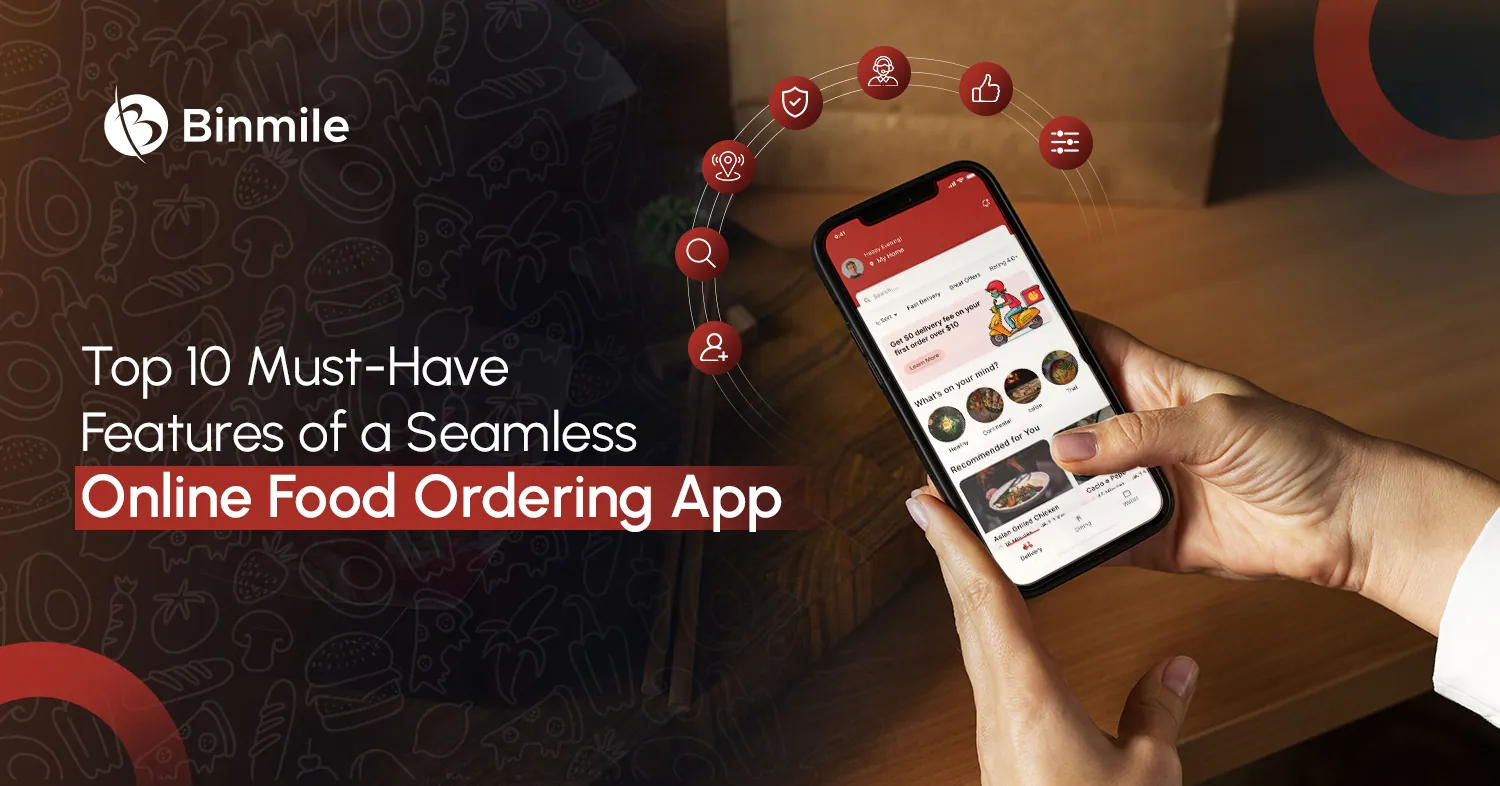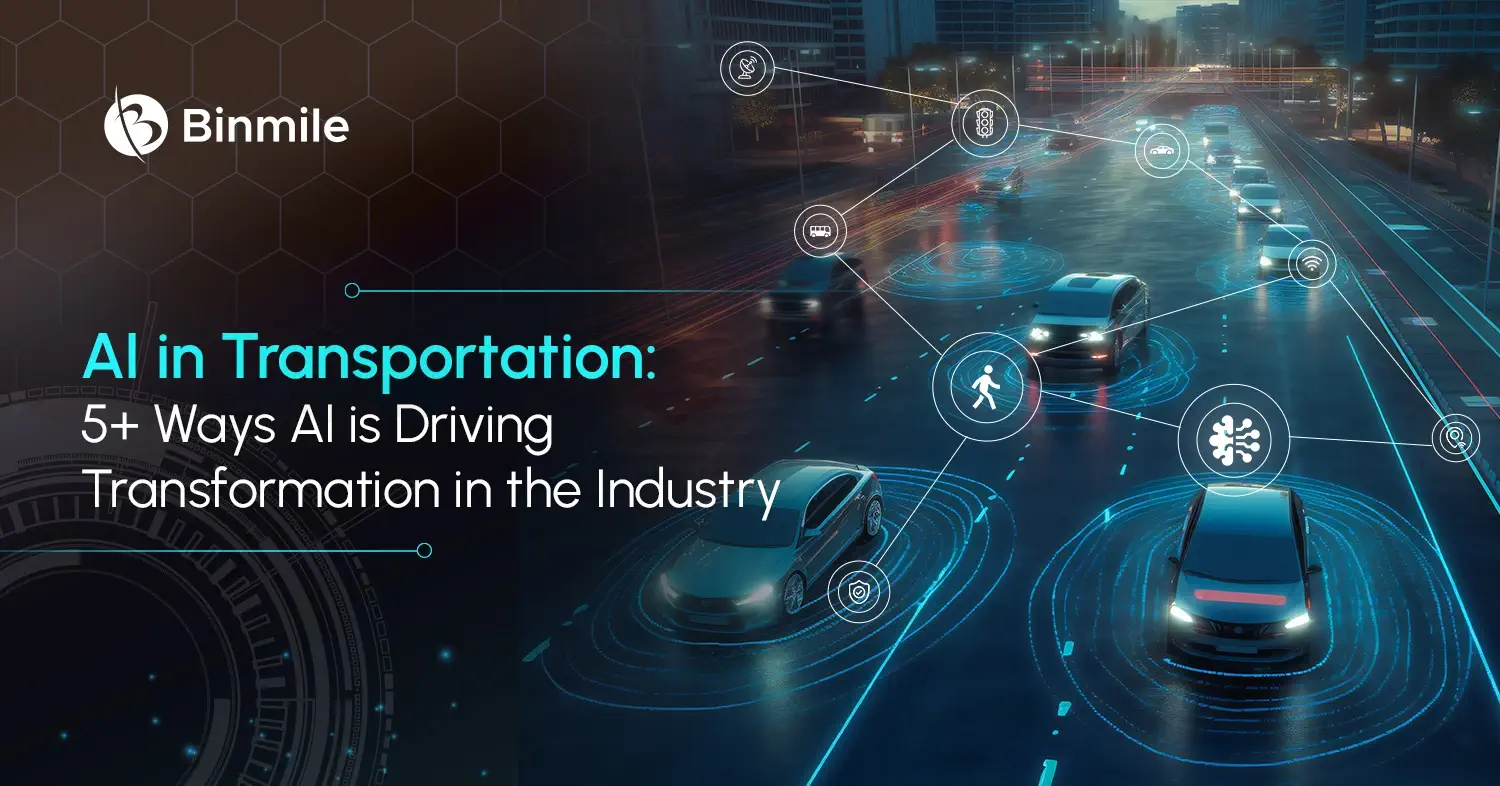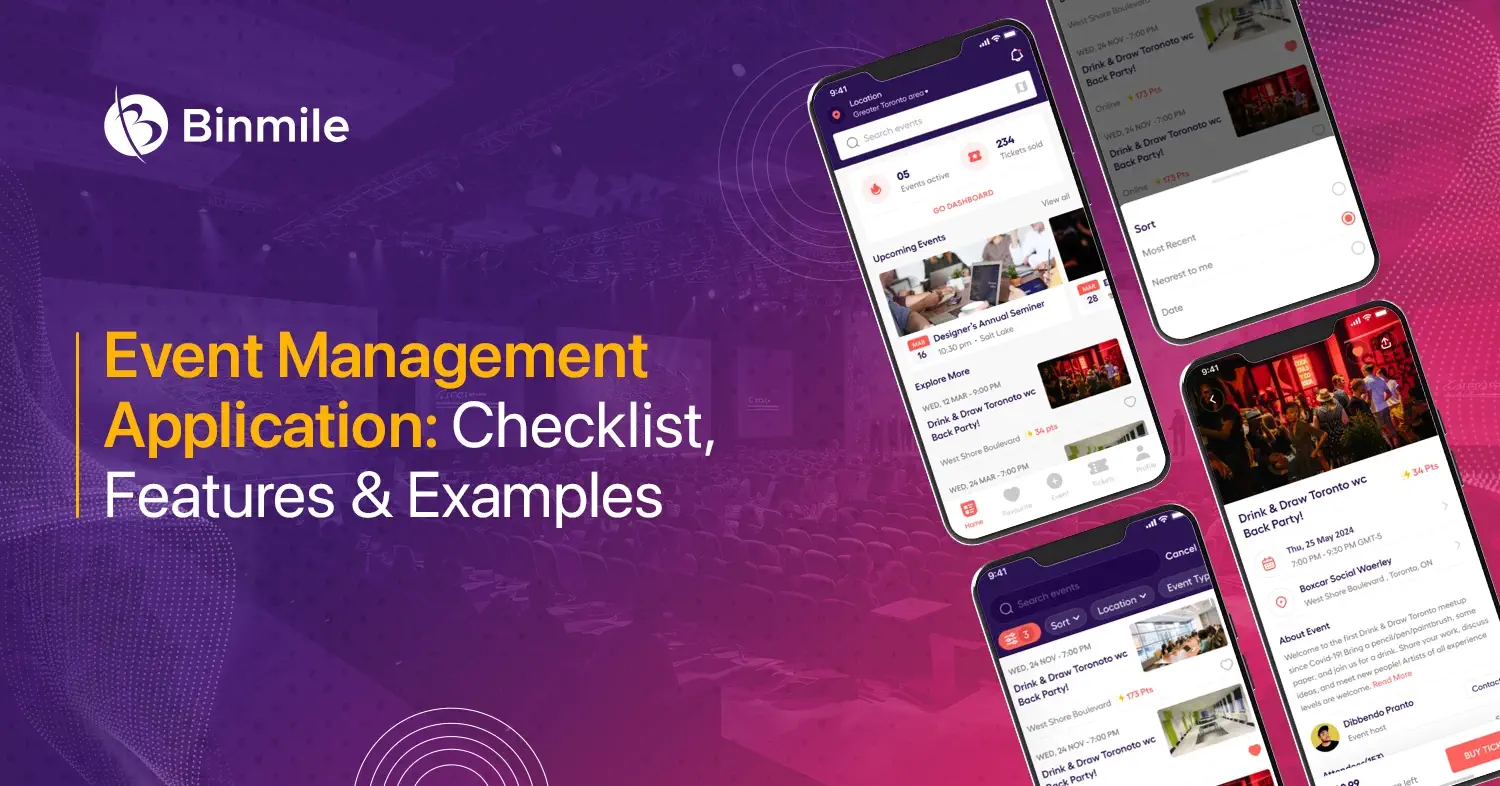Today’s customers, retailers, and even eCommerce owners are immersed in an evolving digital landscape, leading to finding ways to stay relevant amidst this competitive market. Strategic decisions and advanced technologies are the only way for retail industry leaders to reshape how consumers interact with products online or in-store. After all, if you don’t have a seamless and engaging experience for your customers to experience what makes your product special, the buyer journey drags—and, eventually, ends with no conversion. There has to be an innovative and immersive way for your users when they see your entire catalog, they can easily navigate, discover, and picture your product’s full potential. And no amount of PDFs, guides, or other documents can address this problem.
Why so?
Gone are the days of static images and text descriptions. The advent of visual search technologies elevated by Cloud Vision API and Augmented Reality (AR) is revolutionizing how products are presented, recommended, and sold. Implementing the synergy of AR, visual intelligence and Google Cloud Vision API lets you present your users with an immersive way to experience your complex product portfolio. This not only elevates your brand, and your business operations but also propels your customers to explore the possibilities and build the confidence to buy. Let’s understand the way the retail industry can harness the capabilities of Google Cloud Vision, along with AR to enhance the customer buying experience.
Role of AR & Cloud Vision API in Enhancing Product Discovery for Consumers
Modern customers have gone through the biggest shifts in shopping behavior which has been the adoption of at-home delivery, Buy Online Pick-up In Store (BOPIS), and curbside collection of orders. Therefore, customers intend to maximize the efficiency of their shopping trips and minimize the time spent in-store. So, taking this in mind, retailers and eCommerce giants are also bringing interactive and immersive product visuals to enhance user engagement by including features such as early product testing, AR experiences, or enabling unique and complex customizations.
What is Visual Search?
It’s a search method where a user searches with a photo, screenshot or other forms of images instead of a text-based query. This is how it works:
- Image metadata: It consists of information like colors and shapes, and is scanned to return similar images.
- Reverse image retrieval: Any image features or patterns are detected using AI algorithms which then identify similar images based on this information.
What is Google Cloud Vision API?
According to Google, Cloud Vision API is an advanced image analysis tool that “uses machine learning to identify images from pre-trained models on huge datasets of images. It then classifies the images into thousands of categories to pick up on objects, places, and faces and produces the results with a confidence value.”
Know More: AI in Search Engine
Key Features of Google Cloud Vision API For Product Recognition & Discovery
Developers can leverage the Google Cloud Vision API and easily integrate image recognition capability with their software, including:
- Label & Entity Detection: It can identify the dominant object within an image and helps build metadata on the image catalog which allows for image-based search.
- Optical Character Recognition (OCR): It allows us to understand text within an image. It’s useful for recognizing product names, brand logos, or descriptions present on the product packaging.
- Web Detection: It can search and identify references to an image that is either similar or identical.
- Logo Detection: This lets users recognize product and brand logos within an image.
- Image Labeling: Enables detection and extraction of information about objects or elements such as general objects, locations, activities, animal species, products, and more. This can be crucial for categorizing products and making them discoverable through search.
- Safe Search Detection: Helps brands pick up on inappropriate content in an image, especially useful for crowd-sourced content.
Read More: Innovations in AI
7 Ways Cloud Vision API and AR Are Revolutionizing Product Discovery
Cloud Vision API and AR are rapidly changing the landscape of product discovery. By offering a more interactive, informative, and personalized experience, these technologies are empowering customers and making shopping a more enjoyable journey.
1. Amplifying Visual Search
Imagine you want to see if other sellers are offering similar or identical products to the physical object you are holding. All you need to do is just point your phone at it and take a picture. Cloud Vision API makes this possible. It helps to extract details of product images and make search results relevant. This means the customers get an opportunity to find out about products in their everyday use such as when a person comes across a fascinating sunglasses his/her friend is using.
2. Enhanced Visualization in Product Placement
How easy it’ll be just by using your phone’s camera, you can see a virtual representation of a new couch placed right in your living room, or visualizing those new shelves on your empty wall. Cloud Vision API’s ‘object recognition’ feature can pinpoint the space in your camera feed and with AR capabilities you can superimpose a realistic 3D model of the product. Thus, leading to a more informed decision will be made when it comes to purchasing the products.
3. Elevate Online Shopping Experience
For almost every object that can be captured, Cloud Vision API can make it easier to extract valuable information such as color, size, or material information, if it’s integrated into e-commerce platforms or apps. Doing so will help you refine your search filters and offer targeted recommendations. Moreover, AR can overlay product information directly on the image, helping customers gain a deeper understanding of the product before they buy.
4. Interactive In-Store Experiences
AR has the potential to transform physical stores into interactive and immersive discovery outlets. All they need to do is use a smartphone or tablet by pointing at displays for clothes, cosmetics, and other items to virtually try them on, and obtain additional information about products, their demonstration, or on-screen models. This makes the shopping experience more insightful and entertaining, thus aiding the buyers in making informed choices.
5. Streamlined Product Information Access
Google Cloud Vision can be utilized to develop “smart labels,” for physical products. This can help customers scan the label via a smartphone and get detailed information, specifications, ingredients, and even user manuals. This eliminates the need for searching online or skimming through physical manuals on how to use the product or what’s inside the product, as all product data will be accessible at the click of a button.
6. After-Sales Support with AR-powered Instructions
AR acts as a bridge between the physical and digital worlds. Customers can virtually place furniture in their homes to see how it looks before buying or visualize paint colors on their walls. This eliminates guesswork and uncertainty, leading to more confident purchasing decisions and zero returns.
7. Real-Time Customization
By leveraging Cloud Vision and AR capabilities, you get to create one central platform for all your product visuals or other relevant data and help you create different versions based on customer choices or previous buying history. For instance, instead of needing multiple photos of all the items or components of the product, you can show any variation of it in real-time using AR, and make them see what’s inside, or what they’re getting before they buy.
Read Further: Outsourcing AI Development Services
Has your business optimized your product for visual search yet? If not, now is the time to start, get in touch today!
Transformative Benefits of Google Cloud Vision API
Here’s how Google Cloud Vision API and AR can revolutionize traditional text-based search and enhance customer experiences for businesses:
Bridging the Gap Between Imagination and Reality
Traditional search relies on keywords, which can be limiting. Imagine using your phone’s camera to scan a piece of furniture in a magazine and instantly see that exact item (or similar ones) in an AR environment, complete with size and scale visualization in your own space. Cloud Vision API can analyze the image (using object and scene detection), and the AR features can overlay product information and purchase options. This creates a more intuitive and engaging search experience.
Revolutionizing Online Shopping
Imagine using AR to configure a product exactly how you want it. Cloud Vision API can identify the product in an image like a car) and then project a customizable AR version onto your driveway. You can experiment with different colors, rims, and accessories, all in real time. This level of product configuration personalizes the shopping experience with AR and boosts confidence in the purchase decision.
Seamless Shopping Journey
It can aid customers in finding a product in a physical store, then scan it with their phone, and instantly access detailed information, reviews, and even related items – all within the AR environment. Cloud Vision API lets you identify the product using a device’s camera, and the AR features can display this additional information. This creates a consistent experience across online and physical channels, empowering informed decisions on the go.
Showcasing Your Products’ True Potential
AR can bring your product offerings to life. For instance, you can display furniture arrangements or let users visualize how a new paint color would look on their walls. The Visual intelligence tool can understand the environment through the phone’s camera, and by utilizing AR, products get overlaid seamlessly. This allows customers to experience your products in a realistic setting, fostering a deeper connection with your brand.
Customization on a Grand Scale
Cloud Vision API’s ability to analyze images allows for highly targeted AR experiences. Take, for instance, introducing loyalty programs for your customers that recognize them and personalized product recommendations based on their past purchases. By analyzing a customer’s shopping history through images, AR features can suggest complementary items or even customized versions of existing products. This level of personalization fosters customer loyalty and satisfaction.
Keep Reading: Artificial Intelligence Vs Intelligence Automation
Wrapping Up
With the future of “user search” or product discovery moving towards visuals, it’s clear that businesses that embrace this new technology will be well-positioned to succeed in the future. Add to this shift in a customer’s buying journey from traditional text-based to visual-based search, are the advancements in visual intelligence, AI, and AR technologies. Moreover, implementing visual intelligence tools like Google Cloud Vision API and AR technology is more than just keeping up with the trend! It’s also about staying relevant by offering tailor-made shopping experiences, perfecting store layouts, and swiftly adapting to market shifts to enhance user experiences further.
However, to optimize your business’s content for visual search, reach new audiences, increase visibility, and ultimately drive more sales, you should seek a custom application development services partner. It can help get your product ready for multimodal search technologies and empower you to have a competitive edge over competitors!
